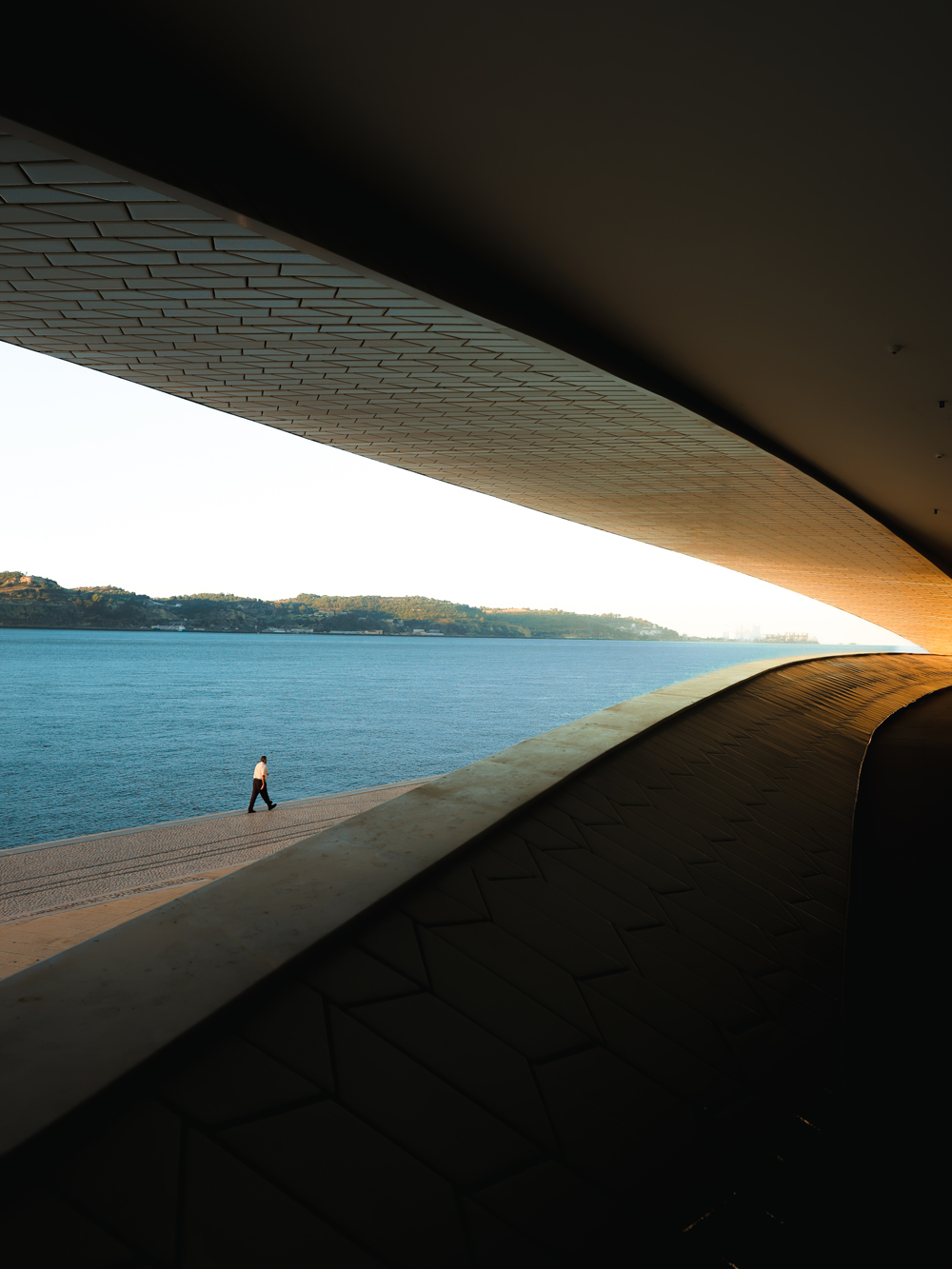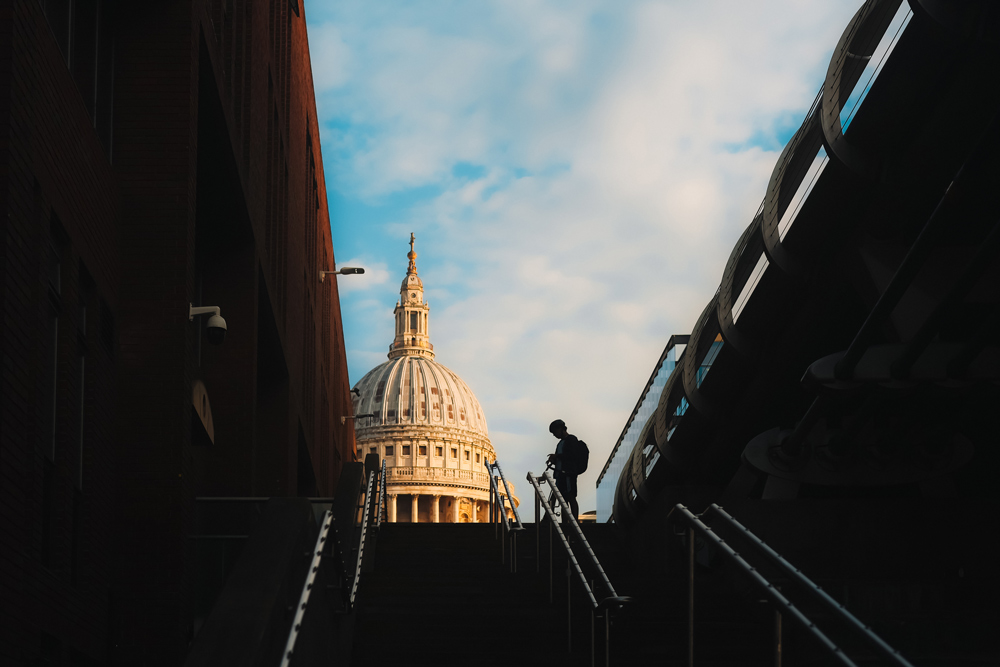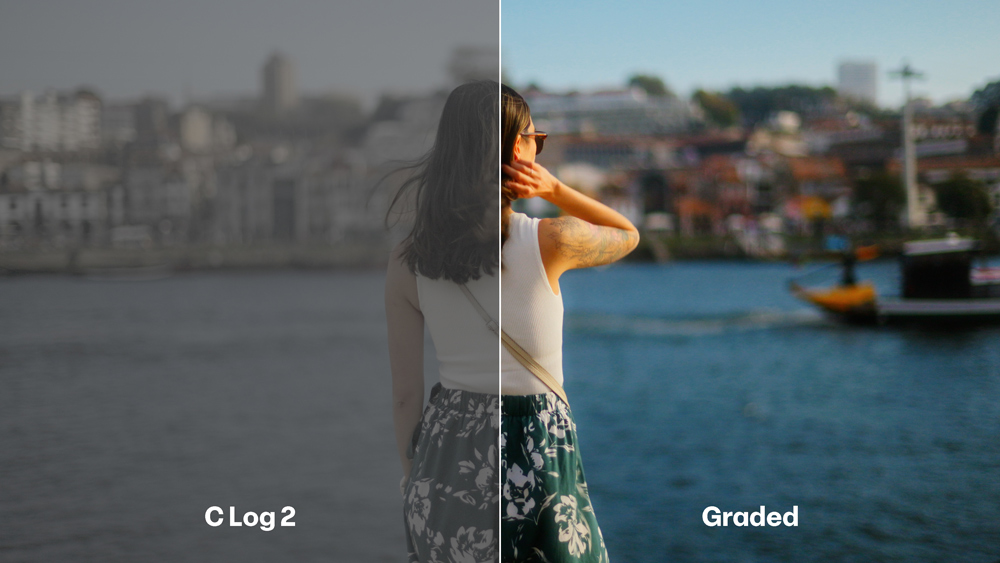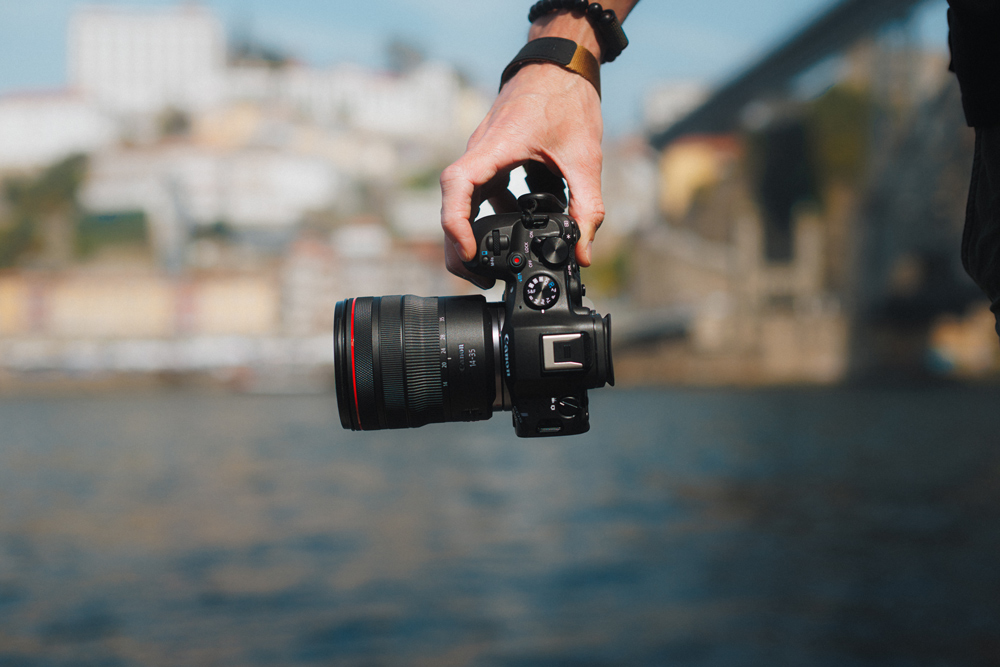- Take Better Travel Photos: 6 Essential Photography Tips from TK North
-

There’s something timeless about travel photography – the way it captures not just places, but the feeling of being somewhere new. From bustling street corners to quiet mountain trails, it remains one of the most popular and rewarding forms of photography because it invites us to see the world differently – to notice light, people, and fleeting moments that might otherwise pass unnoticed. It also blends the skills of many photographic styles, challenging you to adapt, experiment, and grow.
I’m Tim Northey (@tk_north), a photographer and videographer who loves exploring new places and finding fresh perspectives in the familiar. My approach to travel is simple: move slowly, stay curious, and connect with the rhythm of each location, typically wandering for hours with my camera in hand.
I’ve worked professionally in photography for more than six years, though my passion for the craft spans over a decade. While I haven’t always focused purely on travel, much of my work today is deeply tied to it.
Recently, I had the chance to travel with the EOS R6 Mark III, a camera that redefines what’s possible for creators on the move – and in this piece, I’ll share practical travel photography tips for capturing the essence of every journey.

When it comes to travel photography, less really is more. Travelling light forces you to focus on creativity instead of logistics, keeping you agile and in the moment. Rather than juggling multiple bodies and lenses, streamline your kit to a single, versatile setup. TK North relies on the Canon EOS R6 Mark III for its perfect blend of stills and video performance in one compact body, pairing it with a flexible zoom and a fast prime lens like the new RF 45mm f/1.2.
Carrying less gear removes barriers between you and what’s unfolding in front of you. You’ll explore more freely, react faster, and make decisions based on instinct rather than setup time. Using the EOS R6 Mark III’s custom modes also makes it easy to switch between stills and video without slowing down – perfect for capturing moments as they happen.
Travelling light doesn’t limit you; it frees you to create. When you’re not weighed down, your awareness sharpens and your shots become more intentional – a mindset that defines great travel photography.

Every travel photographer faces a choice – to set up or to shoot spontaneously. TK recommends mastering both, but especially learning how to shoot slow shutter speeds handheld. Practising this skill adds a dynamic, storytelling quality to your images by letting motion blur become part of the composition. It’s especially powerful in environments where tripods aren’t practical, such as crowded streets or tight interior spaces.
Start by experimenting at around 1/10 sec and gradually slow your shutter as your confidence builds. With the EOS R6 Mark III’s in-body image stabilisation (IBIS), you can even push to 0.5 seconds handheld for creative motion blur effects that add atmosphere and energy to your photos.
Knowing when to go handheld and when to set up a tripod gives you flexibility and control. The key is to adapt your stability technique to your surroundings, not the other way around.

A single image can capture a moment – but a sequence tells a story. TK’s approach to travel photography goes beyond isolated frames. He builds narratives by combining wide establishing shots with tighter details and expressive hero moments. Using leading lines, foreground framing, and layered compositions, he guides the viewer’s eye through the scene while maintaining rhythm and flow.
This method gives each image purpose within a larger context. By blending storytelling and structure, you invite the audience to experience not just a destination, but a journey. For technical control, TK suggests working between f/4–f/8 to maintain layered depth, using varied focal lengths to shift between environmental scenes, portraits, and details.
Composition is how you translate a feeling into a frame – and sequencing helps you turn that feeling into a story.

Great travel photography often happens in split seconds – and you only capture them if you’re ready. TK’s philosophy is simple: if your camera isn’t out, you’re not really shooting. Keeping your gear in hand and powered on keeps your eyes tuned to light, movement, and detail, so you’re always anticipating what might unfold next.
To make readiness effortless, TK configures his EOS R6 Mark III for speed. He shoots primarily in Aperture Priority mode and assigns custom buttons for instant control over ISO and focus area. With its compact body and lightweight lens options, the EOS R6 Mark III lets you stay prepared all day without fatigue.
The more you practice being ready, the more instinctive your shooting becomes – until reacting to the world through your camera feels as natural as seeing it.

Some of the most powerful travel images combine people and place – a portrait that tells a story of both who someone is and where they belong. TK blends candid and scenic elements to create that balance, capturing natural, unscripted moments that feel alive within their surroundings. A traveller framed by a city street, a local going about their day – these are the scenes that convey authenticity.
For fluid, responsive shooting, TK often uses Aperture Priority with Eye Detection enabled, ensuring sharp focus on moving subjects. Shooting in continuous mode helps capture subtle, fleeting expressions that would otherwise be missed. The EOS R6 Mark III’s autofocus tracking makes this process seamless, especially when working in changing light or busy environments. By mixing environmental context with genuine emotion, you give your audience something deeper – a glimpse into the real story behind the frame.

In the fast-moving world of content creation, flexibility is everything. TK’s workflow is built around maximising creative options both in-camera and in post-production. Using Open Gate recording on the EOS R6 Mark III allows for a full sensor readout, capturing extra frame area that can be cropped for cinematic landscapes, vertical reels, or social content without losing quality.
Pairing this with a consistent file organisation system keeps editing efficient while maintaining a cohesive visual style. TK recommends shooting all photos in RAW (or cRAW to save space) and using C Log 2 for video, giving maximum dynamic range and grading flexibility later. Saving these settings as a custom mode makes it easy to switch formats instantly on the go. This approach means you can travel once, shoot once, and create endless variations – ready for any platform or client requirement.

When it comes to travel photography, TK North’s setup is all about balance – high performance in the smallest, most portable form possible.
• Camera: Canon EOS R6 Mark III – a perfect hybrid body that handles everything from high-quality stills to cinematic video with ease.
• Lenses: A lightweight and versatile zoom to cover wider focal lengths and landscape shots, I opt for the RF 14-35mm f/4L IS USM, small, light and a super versatile focal range. Always combined with a fast compact prime like the RF 45mm f/1.2 STM, honestly perfect for travel, versatility for beautiful bokeh and low-light performances. Lastly, a tele lens, I choose an 85mm prime, purely to reduce size and weight while still offering a unique and different perspective to my other lenses.
• Accessories: A set of ND filters for video, a compact travel tripod, and the smallest possible camera bag to keep things light and manageable.
Each piece of gear earns its place in the bag. The goal isn’t to have more options – it’s to have the right ones, ready for any environment.
Travel photography is about more than capturing places, it’s about translating experience into images that feel alive. Whether you’re experimenting with slow shutter techniques, refining compositions, or exploring new perspectives, every journey is an opportunity to see differently.
The EOS R6 Mark III makes it easier than ever to travel light and create with confidence. A camera built for professionals who want performance without compromise, and for anyone who loves to explore, create, and need a camera that truly does it all.
Wherever your next adventure takes you, let curiosity lead and always keep experimenting, the more you shoot, the more your visual voice will evolve.
Follow TK North to see more of his work:
• Instagram: https://www.instagram.com/tk_north
• Website/Portfolio: https://tknorth.com/

Prime lenses ideal for producing high-quality, sharp images with better low-light performance making these types of lenses perfect for portraits and travel.

Discover the top 5 features of EOS R6 Mark II that make it an ideal camera for travel and action photography on the go.

Get more creative with your DSLR landscape photography with expert tips from two Canon Masters, Jackie Ranken and Mike Langford